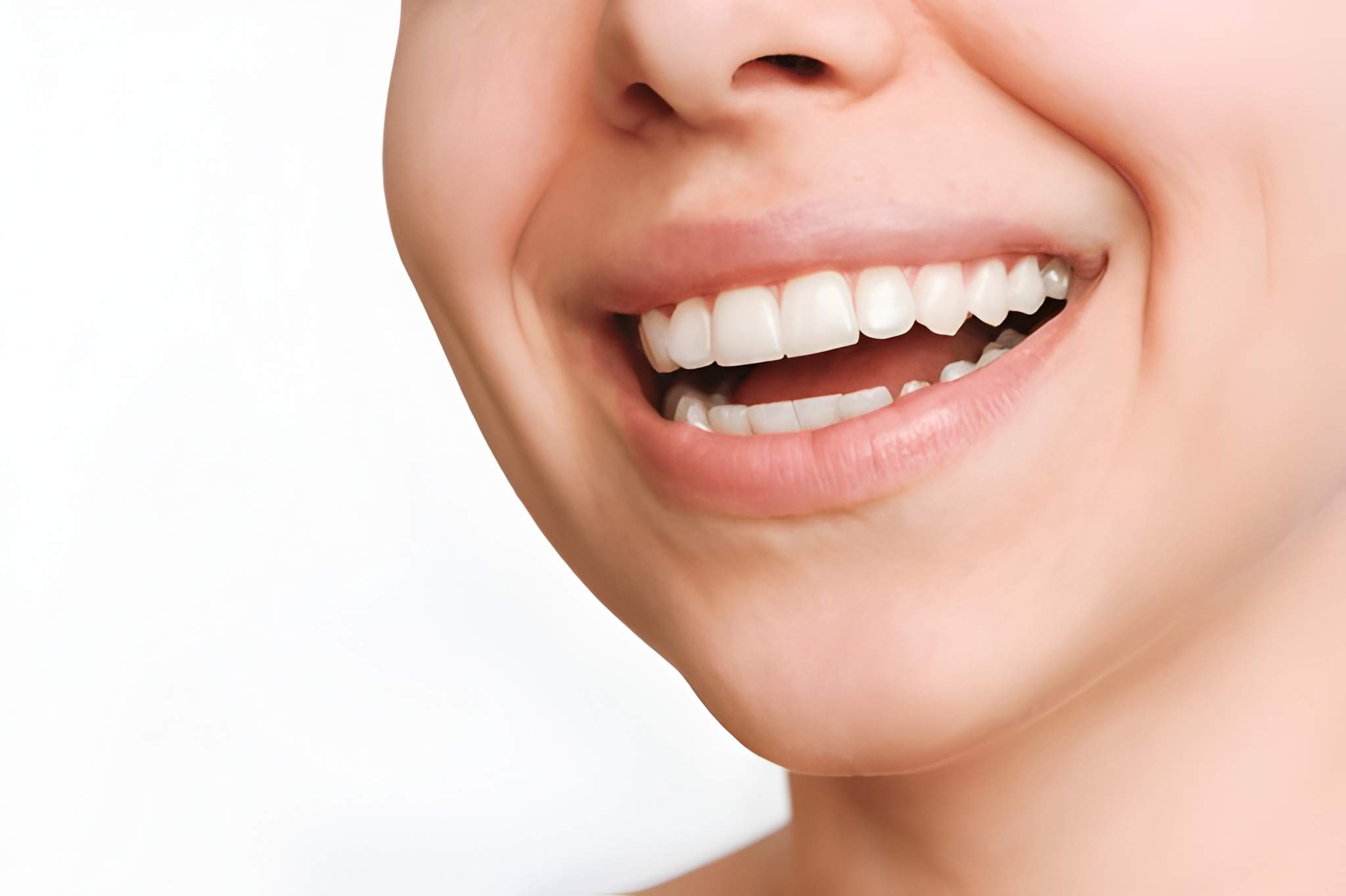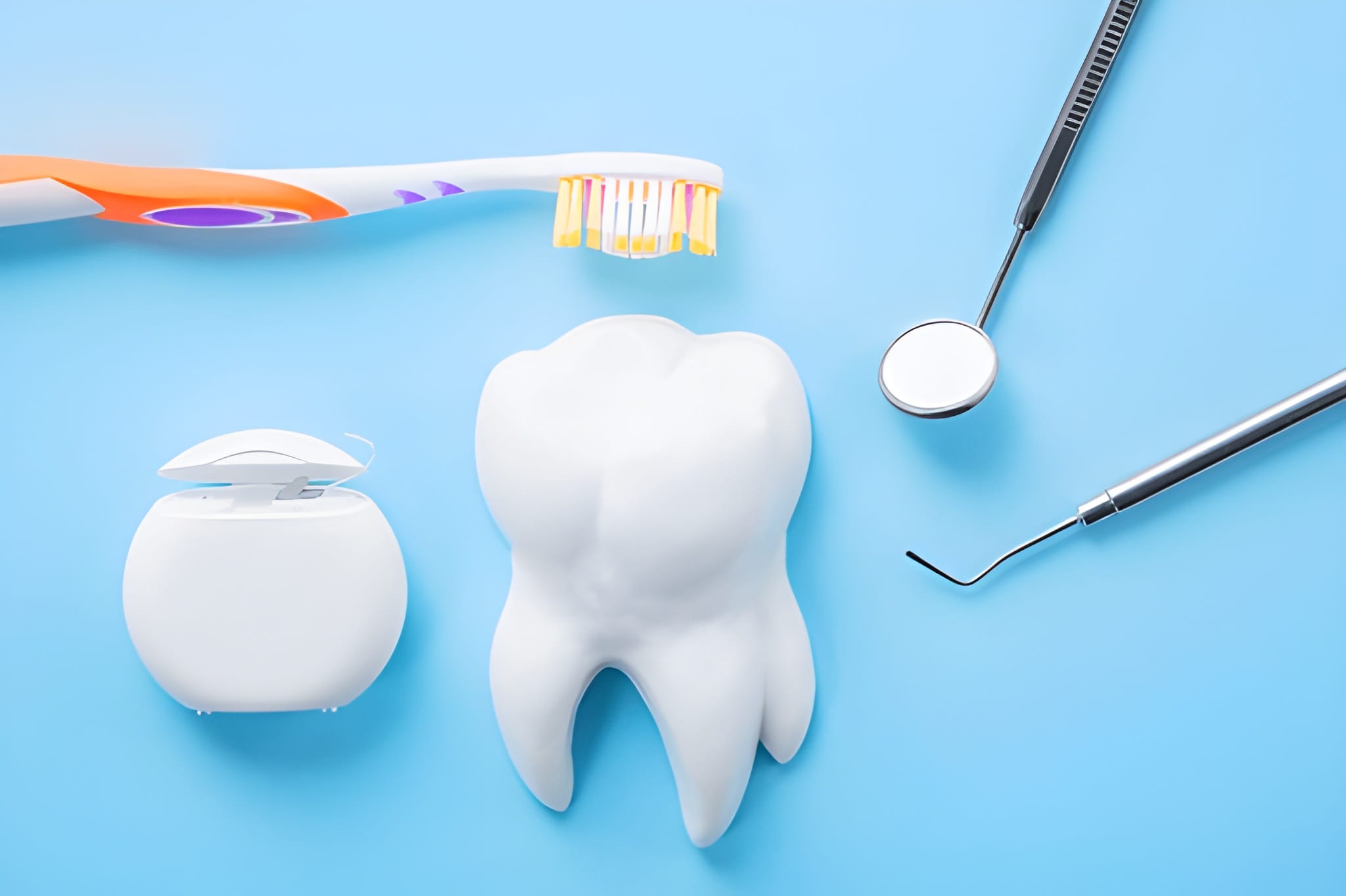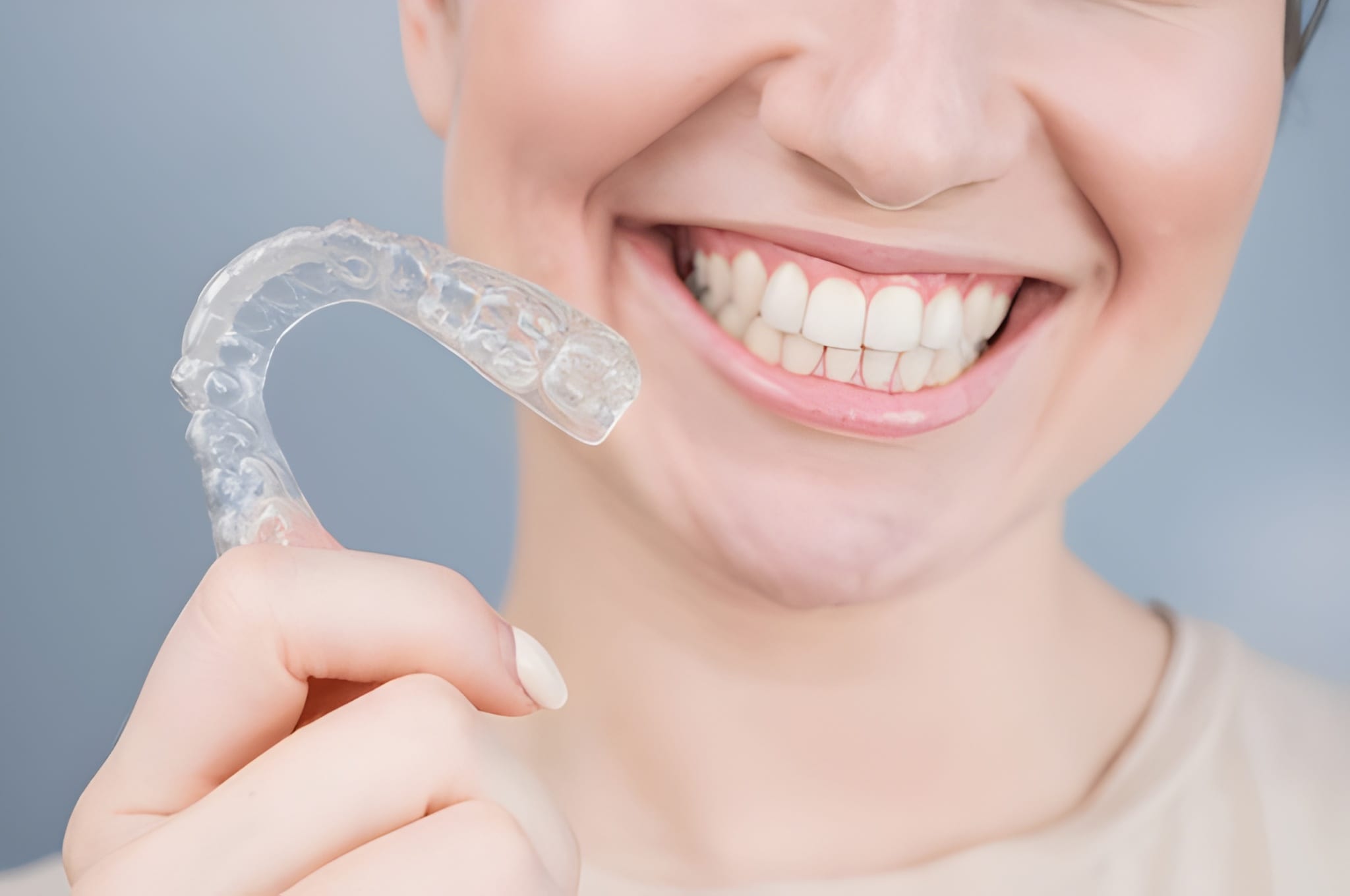Introduction
Achieving the perfect smile choosing between Invisalign vs Braces, and fortunately, advancements in orthodontic treatments offer various options to cater to individual needs. Among the most popular choices are Invisalign and traditional braces. In this comprehensive guide, we’ll delve into the intricacies of Invisalign vs braces, helping you make an informed decision on your journey to a straighter smile.
The Clear Choice: Invisalign vs Braces
One of the most apparent differences between Invisalign and braces is their appearance. Traditional braces, with their metal brackets and wires, are often considered more conspicuous. On the other hand, Invisalign aligners are clear and virtually invisible, offering a more aesthetically pleasing option for those who are conscious about their smile during the treatment process.
Comfort and Maintenance
Comfort plays a significant role in the decision-making process when it comes to orthodontic treatments. Braces can cause discomfort, particularly during adjustments, and may lead to irritation of the gums and cheeks. Invisalign, being a removable option, tends to be more comfortable as it lacks the sharp edges and potential abrasions associated with braces.
Maintenance is another aspect to consider. Braces require diligent care and regular cleaning to prevent food particles from getting trapped in the wires and brackets. Invisalign aligners, however, can be easily removed for eating and oral hygiene practices, making them a more convenient option.
Treatment Duration and Effectiveness
The duration of treatment is a crucial factor for many individuals seeking orthodontic care. Braces are known for being a time-tested method that can address a wide range of orthodontic issues. However, the treatment duration may vary, and adjustments are needed every few weeks.

Invisalign, with its innovative approach using a series of custom-made clear aligners, offers a more flexible and comfortable experience. The treatment duration with Invisalign may be comparable or even shorter than traditional braces, depending on the complexity of the case.
Effectiveness is another consideration. Both Invisalign and braces can achieve remarkable results, but the choice may depend on the specific dental issues that need correction. Invisalign is highly effective for mild to moderate orthodontic concerns, while braces are versatile and suitable for more complex cases.
Cost Considerations
Cost is a significant factor in any healthcare decision, and orthodontic treatments are no exception. The cost of Invisalign vs braces can vary based on factors such as the severity of the case, the duration of treatment, and geographical location.
In general, the cost of braces tends to be more budget-friendly upfront. However, it’s essential to consider the long-term costs, including potential additional expenses for adjustments and maintenance. Invisalign, with its advanced technology and convenience, may come with a higher initial price tag but could offer cost savings in terms of fewer visits and reduced impact on daily life.
The Verdict
Choosing between Invisalign vs braces ultimately depends on your individual preferences, lifestyle, and orthodontic needs. While Invisalign may be the go-to option for those seeking a discreet and comfortable treatment experience, traditional braces remain a reliable choice for comprehensive orthodontic correction.
Consulting with an orthodontic professional is crucial to assess your unique case and determine the most suitable option for achieving that picture-perfect smile. Whether you opt for the subtlety of Invisalign or the time-tested reliability of braces, the end goal is the same—a confident and beautifully aligned smile that lasts a lifetime.
The Personal Touch: Customization and Individualized Treatment
One of the key advantages of Invisalign lies in its personalized approach to treatment. Each set of aligners is custom-made to fit the unique contours of your teeth, gradually guiding them into the desired position. This level of customization allows for a more precise and tailored orthodontic experience, addressing specific dental concerns with finesse.
Braces, while effective, rely on a standard set of brackets and wires that are adjusted periodically. While advancements in technology have led to more comfortable and smaller braces, the level of customization may not match the individualized precision offered by Invisalign.
Lifestyle Considerations
Your lifestyle can significantly impact the choice between Invisalign vs braces. Invisalign aligners are removable, providing the flexibility to enjoy your favorite foods without restrictions. The ability to remove the aligners also simplifies oral hygiene routines, allowing for easy brushing and flossing.
Braces, being a fixed orthodontic solution, come with dietary restrictions to avoid damage to the brackets and wires. Additionally, maintaining optimal oral hygiene with braces requires extra care and attention to prevent plaque buildup around the braces.
For those involved in contact sports or playing musical instruments, Invisalign offers the advantage of being removable during these activities, minimizing the impact on daily life.
Psychological Impact
The psychological aspect of orthodontic treatment should not be overlooked. Invisalign aligners, being virtually invisible, may contribute to a positive self-image during the treatment process. The confidence that comes with a less noticeable orthodontic solution can be particularly appealing to teenagers and adults alike.
Traditional braces, while a reliable and effective option, may pose a challenge for some individuals who are concerned about the aesthetic impact and potential self-consciousness associated with metal brackets.
Innovation and Advancements
Invisalign vs braces have evolved over the years, incorporating technological advancements to enhance the orthodontic experience. Invisalign, in particular, continues to benefit from ongoing research and development, introducing features like SmartTrack material for better tooth movement predictability and SmartForce attachments for more precise tooth rotation and movement.
Braces, too, have seen innovations such as heat-activated archwires that use body heat to expedite tooth movement and reduce discomfort.
Beyond the Finish Line: Post-Treatment Considerations
Once the braces come off or the last set of Invisalign aligners completes its mission, there are important considerations for maintaining the results of your orthodontic journey.
Retention
Retention is a critical phase after orthodontic treatment to prevent the teeth from shifting back to their original positions. Invisalign vs braces typically involve the use of retainers to stabilize the newly aligned teeth.
Invisalign offers Vivera retainers, which are custom-made using the same advanced technology as the aligners. These retainers are durable, comfortable, and designed to maintain the achieved alignment over the long term.
Braces, on the other hand, may use either fixed or removable retainers. Fixed retainers are bonded to the back of the teeth, while removable retainers are similar to those used with Invisalign.
Follow-Up Care
Regular follow-up appointments with your orthodontist are crucial to monitor the stability of the results and address any concerns that may arise. Invisalign vs braces require periodic check-ups to ensure that your smile is maintaining its newfound perfection.
It’s essential to adhere to the recommended follow-up schedule and communicate any issues or discomfort you may experience. Your orthodontist will provide guidance on the continued care of your teeth and may recommend additional steps to optimize your oral health.
Long-Term Oral Health
The benefits of orthodontic treatment extend beyond aesthetics to improved oral health. Straight teeth are easier to clean, reducing the risk of gum disease and cavities. Maintaining good oral hygiene practices, including regular brushing, flossing, and dental check-ups, is essential for the longevity of your results.
While Invisalign allows for easier oral hygiene during treatment, individuals with braces must be diligent in cleaning around the brackets and wires to prevent plaque buildup.
Patient Testimonials
Considering the experiences of others who have undergone similar orthodontic treatments can provide valuable insights. Online platforms, social media, and orthodontic practice websites often feature patient testimonials and before-and-after photos.
Reading about real-life experiences can help you better understand the challenges and successes associated with Invisalign vs braces. Additionally, discussing your concerns and expectations with your orthodontist and seeking guidance from those who have already completed their orthodontic journey can offer valuable perspectives.
Conclusion
The choice between Invisalign vs braces is a highly personal one, influenced by a combination of factors ranging from aesthetic preferences and lifestyle considerations to treatment goals and budget constraints. Consulting with an experienced orthodontic professional is crucial for a thorough evaluation of your dental needs and a recommendation tailored to your unique circumstances.
Whether you opt for the discreet and removable nature of Invisalign or the reliability of traditional braces, the journey to a straighter smile is a transformative experience that promises improved oral health and boosted confidence. Embrace the path that aligns with your preferences and embark on a smile transformation that reflects the best version of you.





